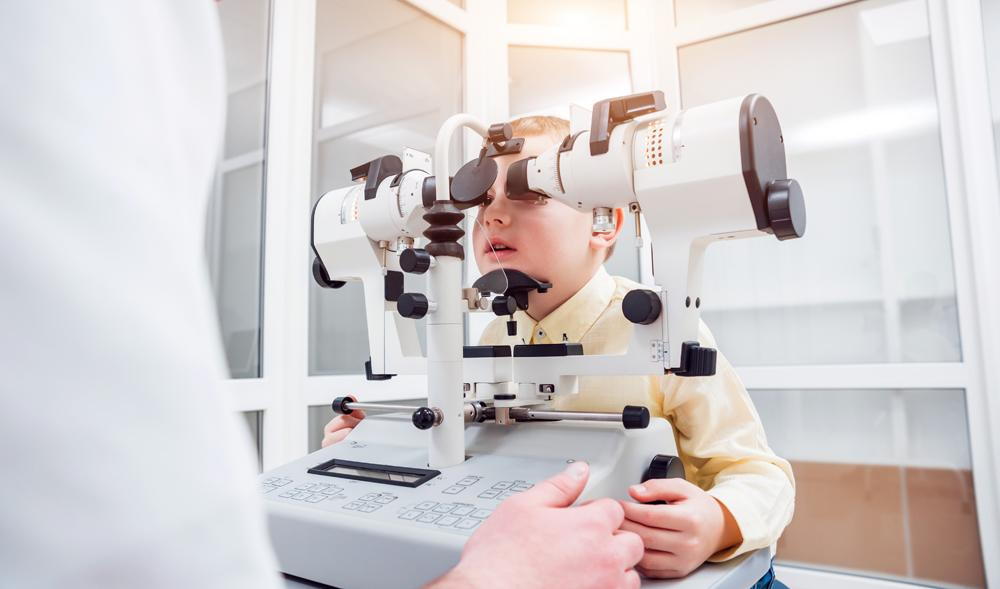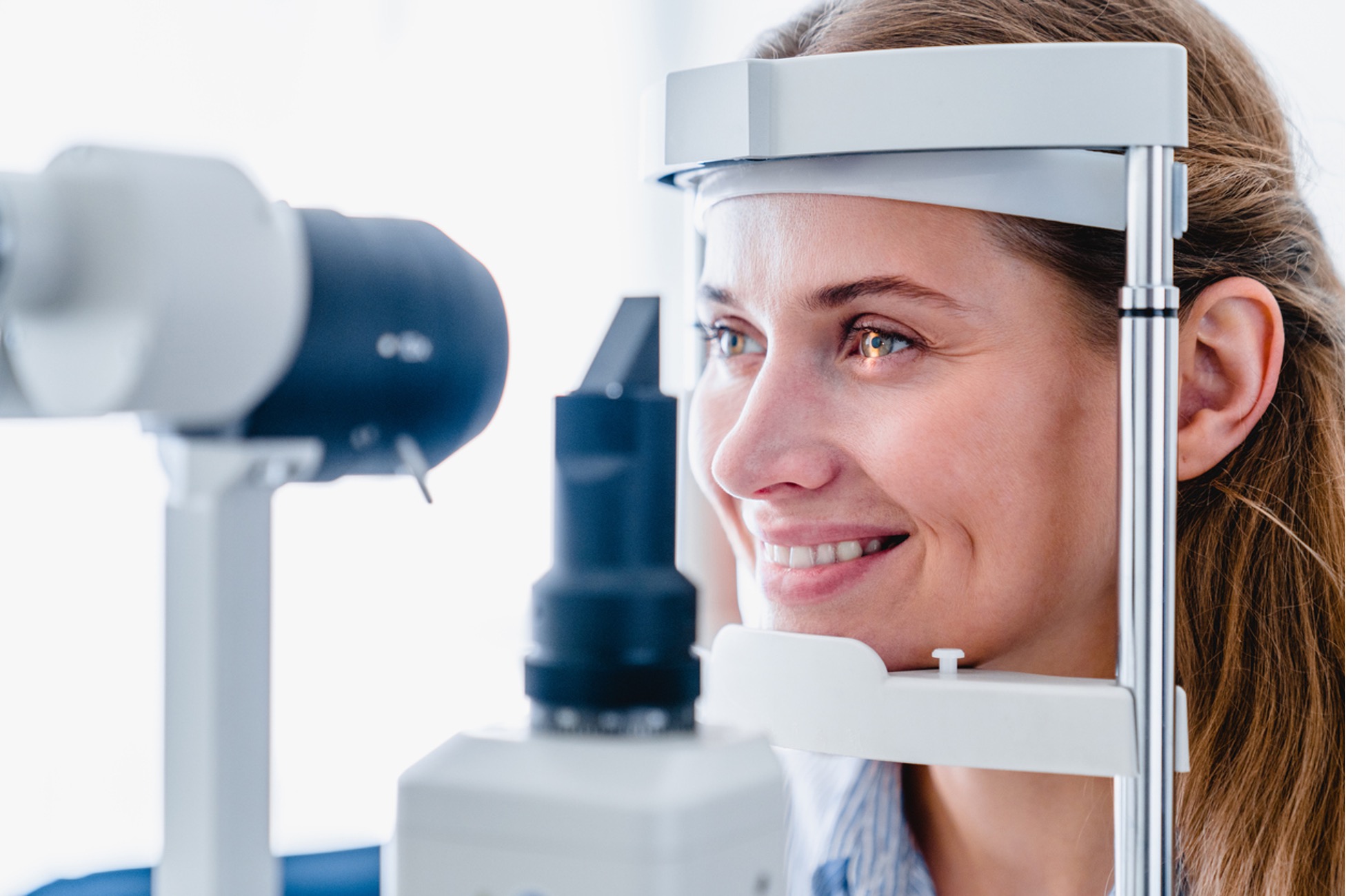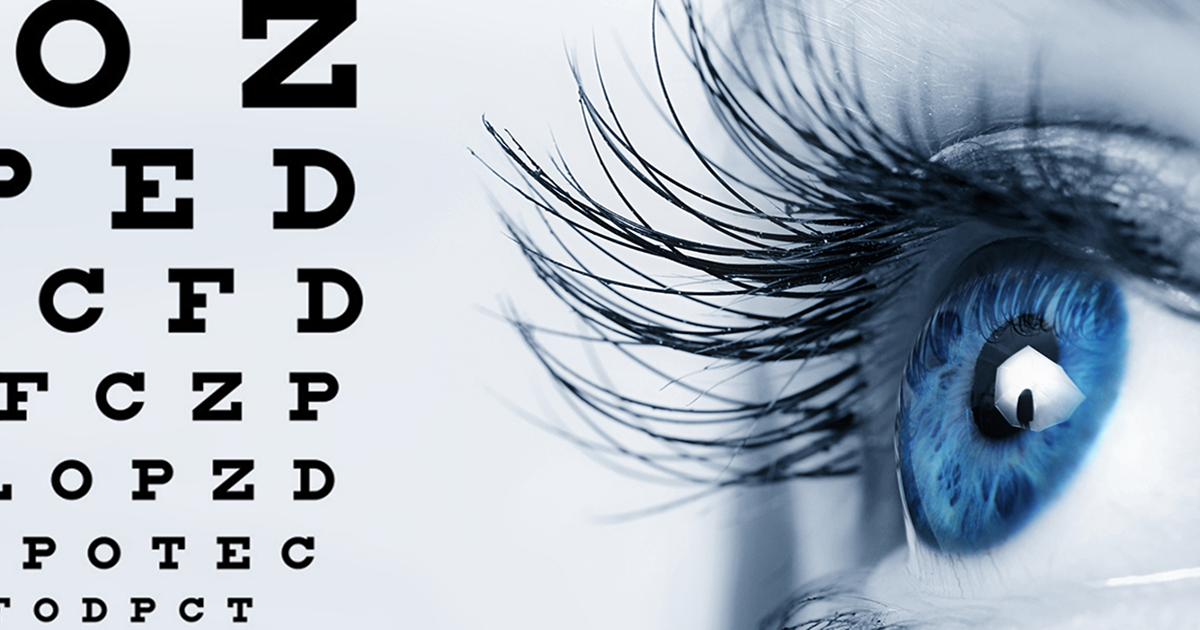The Role of Advanced Diagnostic Devices in Identifying Eye Disorders
In the realm of ophthalmology, the use of sophisticated diagnostic devices has actually reinvented the very early identification and monitoring of different eye disorders. From identifying subtle adjustments in the optic nerve to checking the progression of retinal conditions, these technologies play a crucial duty in enhancing the precision and efficiency of identifying eye conditions. As the need for exact and timely medical diagnoses continues to grow, the assimilation of innovative tools like optical comprehensibility tomography and aesthetic area testing has ended up being essential in the world of eye care. The intricate interaction between modern technology and sensory techniques not only clarifies detailed pathologies but likewise opens doors to customized treatment methods.
Significance of Very Early Medical Diagnosis
Early medical diagnosis plays an essential role in the effective management and therapy of eye problems. By identifying eye problems at an early phase, healthcare suppliers can provide ideal treatment strategies tailored to the details condition, inevitably leading to far better results for clients.

Technology for Finding Glaucoma
Cutting-edge analysis technologies play an important function in the early detection and surveillance of glaucoma, a leading reason of irreparable loss of sight worldwide. One more advanced tool is aesthetic area testing, which maps the level of sensitivity of a person's aesthetic field, helping to detect any kind of locations of vision loss attribute of glaucoma. These sophisticated diagnostic devices allow ophthalmologists to diagnose glaucoma in its very early phases, enabling for timely treatment and much better management of the disease to protect against vision loss.
Role of Optical Comprehensibility Tomography

OCT's ability to evaluate retinal nerve fiber layer density permits specific and unbiased measurements, assisting in the early detection of glaucoma also before aesthetic area issues become apparent. Furthermore, OCT technology allows longitudinal surveillance of architectural changes with time, assisting in personalized therapy plans and timely treatments to assist maintain clients' vision. The non-invasive nature of OCT imaging additionally makes it a preferred option for monitoring glaucoma progression, as it can be duplicated frequently without creating discomfort to the more client. On the whole, OCT plays an essential function in boosting the diagnostic accuracy and administration of glaucoma, inevitably adding to much better results for people in danger of vision loss.
Enhancing Diagnosis With Visual Field Testing
A vital element in detailed sensory examinations, aesthetic area screening plays an essential function in boosting the diagnostic procedure for numerous eye problems. By analyzing the complete extent of an individual's visual field, this test offers important info about the functional integrity of the entire aesthetic path, from the retina to the aesthetic cortex.
Visual field screening is specifically beneficial in the medical diagnosis and administration of conditions such as glaucoma, useful source optic nerve disorders, and numerous neurological conditions that can impact vision. Through quantitative dimensions of peripheral and central vision, medical professionals can detect refined modifications that may indicate the visibility or progression of these disorders, also prior to obvious signs and symptoms take place.
Furthermore, aesthetic area testing enables the tracking of treatment efficacy, helping eye doctors customize healing treatments to private patients. eyecare near me. By tracking modifications in visual field efficiency gradually, doctor can make enlightened decisions concerning adjusting drugs, recommending medical interventions, or carrying out other proper measures to maintain or enhance a patient's visual feature
Managing Macular Deterioration

Verdict
In conclusion, progressed diagnostic devices play a crucial function in identifying eye conditions early on. Technologies such as Optical Comprehensibility Tomography and visual area screening have substantially improved the precision and performance of detecting problems like glaucoma and macular degeneration.